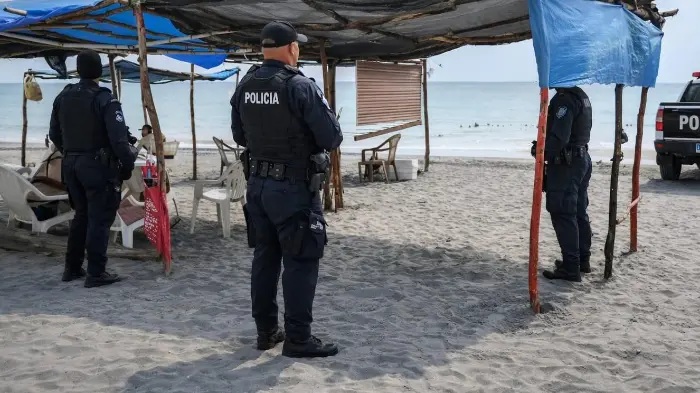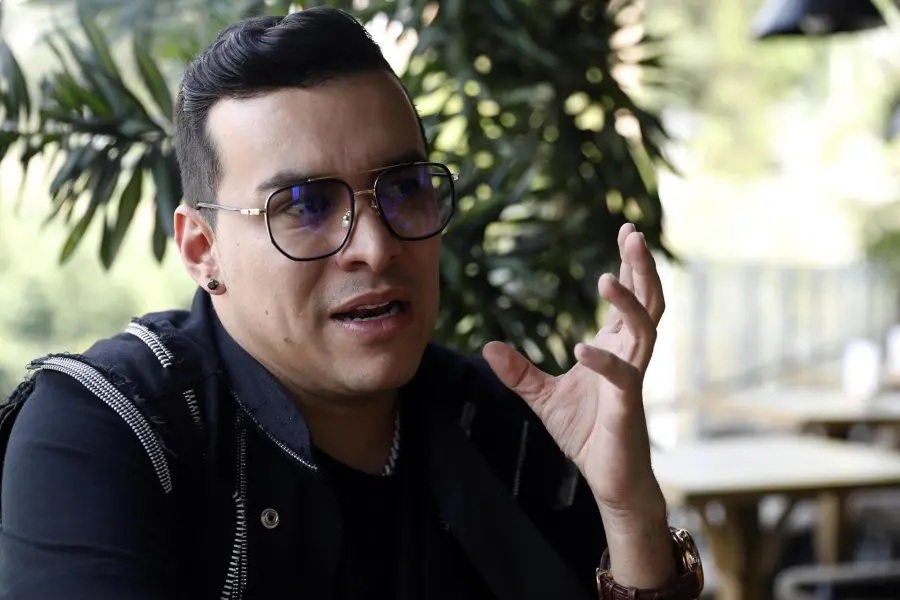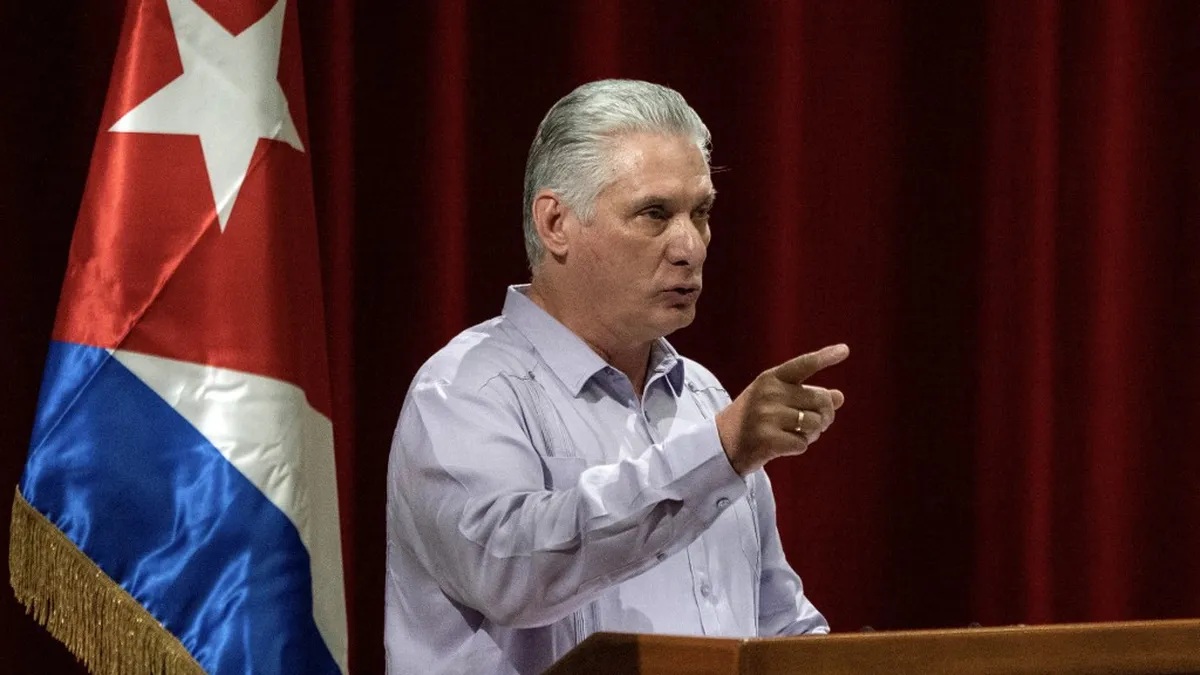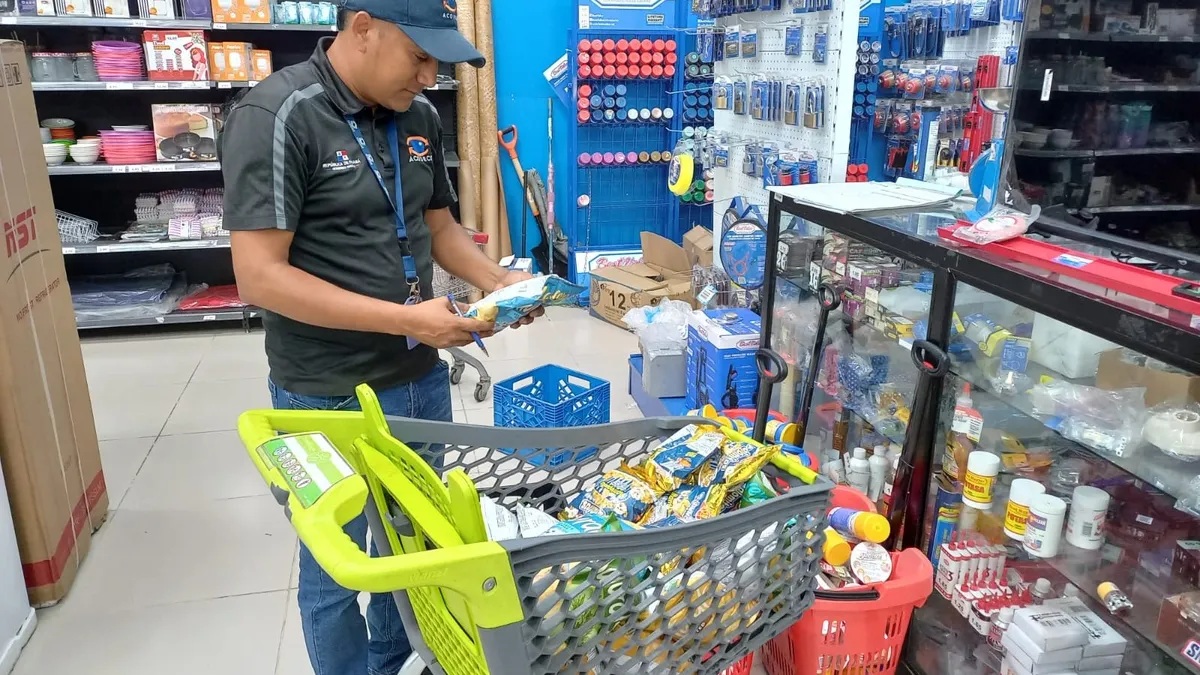The fight against Latin American feminicide

By Adriana Estevez
IT’S NOT BEEN a particularly uplifting month to be a woman in Latin America, especially if you read the news.
On October 8 in Mar del Plata, Argentina, 16-year-old Lucía Pérez was abducted outside her school, drugged, and brutally gang raped. Young Lucía died when her heart stopped during the sadistic violence, which included penetration by objects.
In Mexico, three transgender women, Paola (last name unknown), Alessa Flores and Itzel Durán, were killed in different parts of the country. All were sex workers, and Flores and Durán were also trans rights activists. Just weeks before, Karen Rebeca Esquivel, 19, and Adriana Hernández Sánchez, 52, were found dead in suitcases in Naucalpan, State of Mexico, the deadliest place for women in the country. Both had been raped.
On October 18, a young pregnant woman was found dead on a Peruvian beach with signs of rape and the word puta (whore) written on her leg.
Horrifying but not isolated, these incidents reflect a regional reality. Several studies have shown that Latin America is the worst place in the world to be a woman.
A Gallup survey has shown that Latin American women feel they are not treated with respect and dignity. Dissatisfaction was highest in Colombia, Paraguay, El Salvador, Guatemala and Peru. The study attributes these feelings to widespread sexual violence and harassment against women and children, in combination with machista culture.
Lucía’s murder in Argentina hit a nerve with women across the entire Latin American region. On October 19, thousands of people in Mexico, Peru, Guatemala, El Salvador, France, Spain, Chile, Brazil, Bolivia, Honduras, Colombia, Ecuador, Paraguay, Uruguay and Costa Rica joined Argentina in street protests, demanding an end to the killing of women, misogyny and sexual violence.
The massive and simultaneous demonstrations were convened by the budding social movement #NiUnaMenos (#NotOneWomanLess). It was launched in August 2015 in Argentina as a response to an increasing number of feminicides. Peru, Chile, Uruguay and Mexico soon joined.
The international demonstrations have not only made the#MiercolesNegro (#BlackWednesday) and #ParoNacionalDeMujeres(#NationalWomensStrike) regional trending topics, they are also bringing light to the issue of violence across the region.
The fight against Latin American feminicide
IT’S NOT BEEN a particularly uplifting month to be a woman in Latin America, especially if you read the news.
On October 8 in Mar del Plata, Argentina, 16-year-old Lucía Pérez was abducted outside her school, drugged, and brutally gang raped. Young Lucía died when her heart stopped during the sadistic violence, which included penetration by objects.
In Mexico, three transgender women, Paola (last name unknown), Alessa Flores and Itzel Durán, were killed in different parts of the country. All were sex workers, and Flores and Durán were also trans rights activists. Just weeks before, Karen Rebeca Esquivel, 19, and Adriana Hernández Sánchez, 52, were found dead in suitcases in Naucalpan, State of Mexico, the deadliest place for women in the country. Both had been raped.
On October 18, a young pregnant woman was found dead on a Peruvian beach with signs of rape and the word puta (whore) written on her leg.
Horrifying but not isolated, these incidents reflect a regional reality. Several studies have shown that Latin America is the worst place in the world to be a woman.
A Gallup survey has shown that Latin American women feel they are not treated with respect and dignity. Dissatisfaction was highest in Colombia, Paraguay, El Salvador, Guatemala and Peru. The study attributes these feelings to widespread sexual violence and harassment against women and children, in combination with machista culture.
Lucía’s murder in Argentina hit a nerve with women across the entire Latin American region. On October 19, thousands of people in Mexico, Peru, Guatemala, El Salvador, France, Spain, Chile, Brazil, Bolivia, Honduras, Colombia, Ecuador, Paraguay, Uruguay and Costa Rica joined Argentina in street protests, demanding an end to the killing of women, misogyny and sexual violence.
The massive and simultaneous demonstrations were convened by the budding social movement #NiUnaMenos (#NotOneWomanLess). It was launched in August 2015 in Argentina as a response to an increasing number of feminicides. Peru, Chile, Uruguay and Mexico soon joined.
The international demonstrations have not only made the#MiercolesNegro (#BlackWednesday) and #ParoNacionalDeMujeres(#NationalWomensStrike) regional trending topics, they are also bringing light to the issue of violence across the region.
Adriana Estevez is a professor at the Center for Research on North America, Universidad Nacional Autónoma de México (UNAM)





